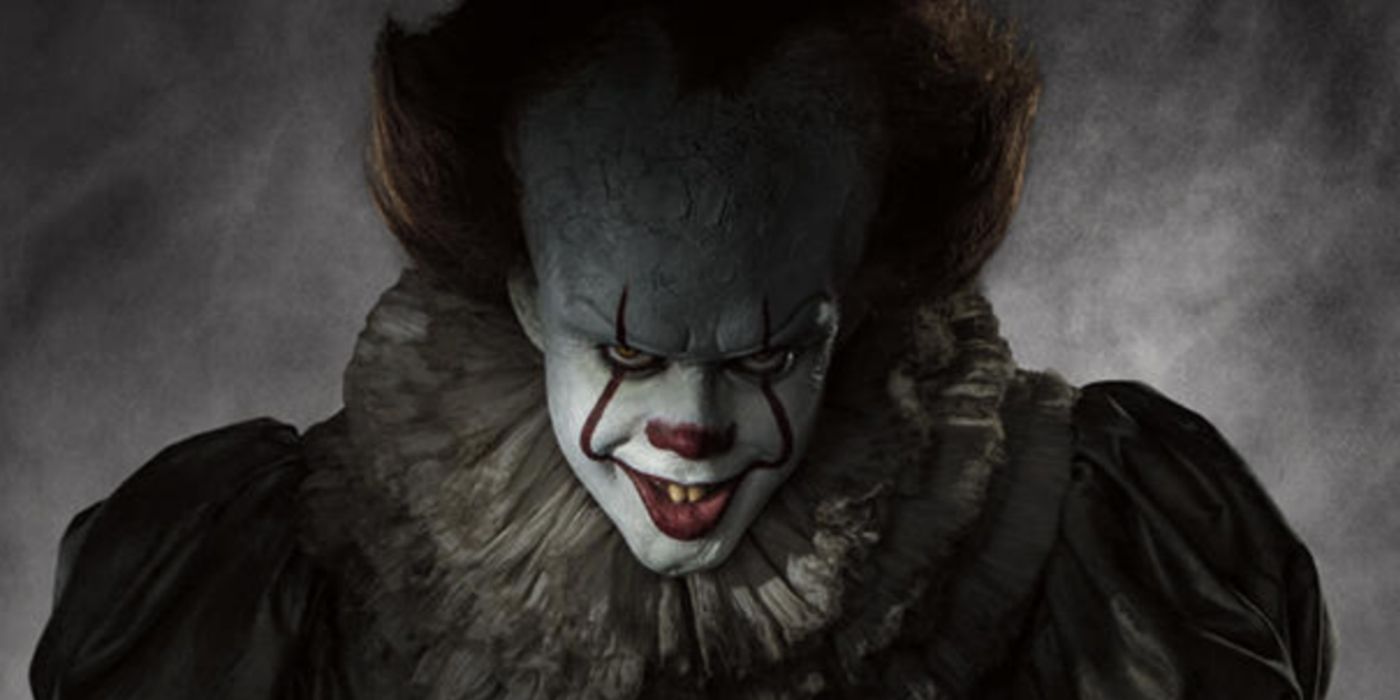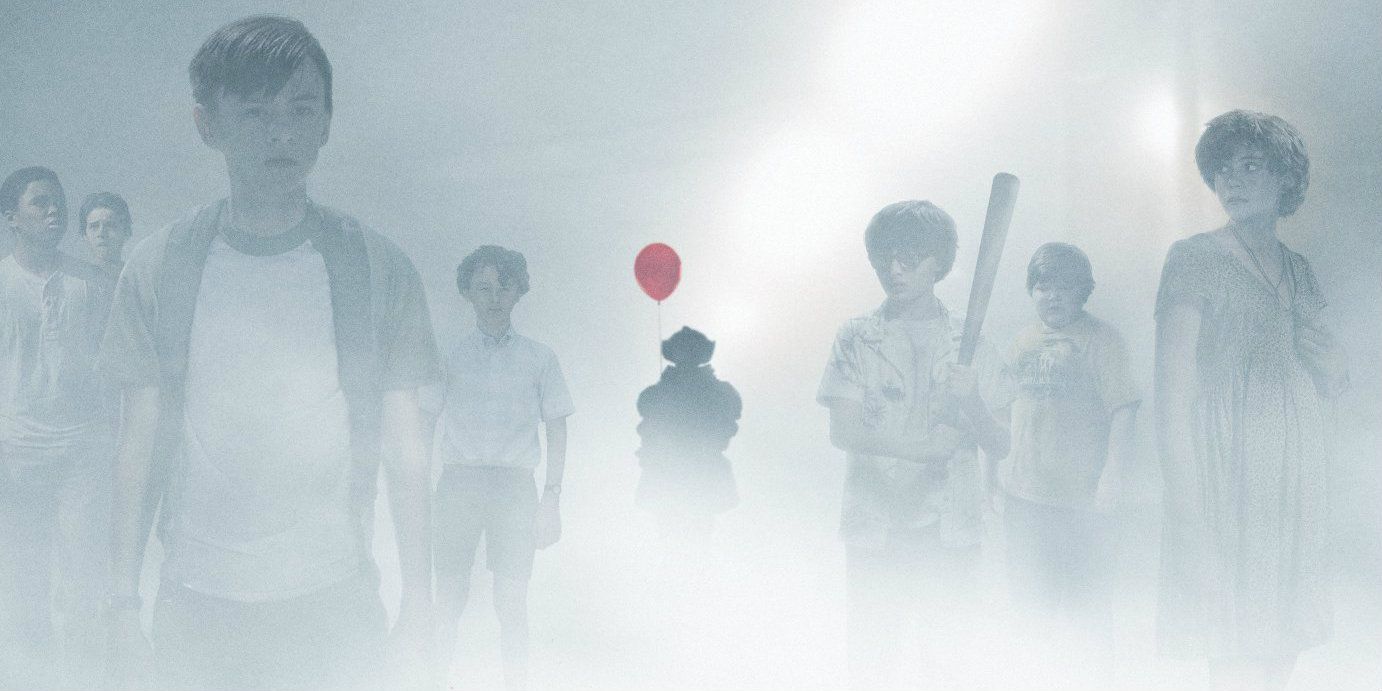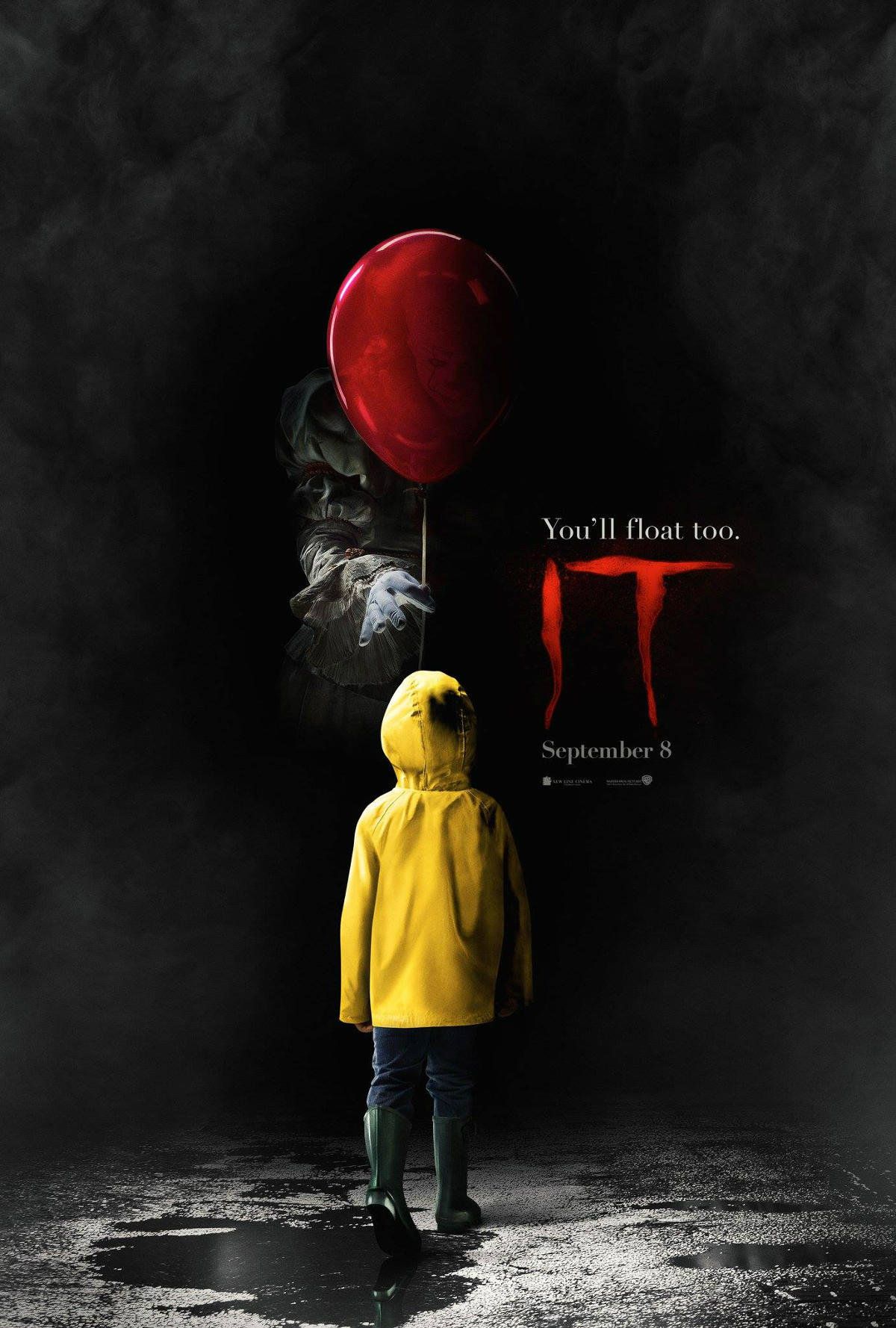IT director Andy Muschietti explains how his movie evolved from Cary Fukunaga and Chase Palmer's original script. Stephen King's horror novel IT had originally been adapted into a TV miniseries in 1990, starring Tim Curry as Pennywise the Clown. For years, people looked to the miniseries as the definitive adaptation of the novel, though Warner Bros. had wanted to develop a big screen adaptation. After some early developments with David Kajganich penning the script, along with Dan Lin, Roy Lee, and Doug Davidson producing, Cary Fukunaga (True Detective, Beasts of No Nation) boarded the project and led its development for several years.
Fukunaga was hired to direct the film as well as co-write the script alongside screenwriter Chase Palmer. The idea was to make two movies; the first film was described as being a coming-of-age story which follows the protagonists as children, with the second film following the protagonists as adults. Unfortunately, the studio had migrated IT over to their sister studio, New Line Cinema, and subsequently cut the movie's budget. Fukunaga claimed that he didn't want to sacrifice his artistic vision due to the film's budget cuts, so he exited the project in 2015.
New Line Cinema hired Andy Muschietti (Mama) as Fukunaga's replacement later that year, with the director's sister, Barbara Muschietti, serving as producer. Gary Dauberman was brought on to rewrite the screenplay, which concerned many people that Fukunaga and Palmer's initial script was being tossed aside. However, that's not necessarily the case. In fact, the foundation of the script remained intact, which is why they're being credited as writers alongside Dauberman. In an interview with Collider, Muschietti explained how they used Fukunaga and Palmer's script as a "basis" for their movie.
"What we inherited basically was the two-film structure; '80s and present time. I think what we brought to the table was Andy’s [style] and how he faces fear and how he needs to have very emotional characters and it’s very easy with this root material. I think those are two aspects, emotions and fear were imprinted in the script that was developed with us with Gary Dauberman, much more to our taste. And then the notion of the power of belief as a resolution, and power in unity. These guys need each other to face Pennywise and to fight him, and they’re alone, they’re losers and they never really — in our movie, there are no resolutions with the outside world, so they don’t necessarily solve the conflicts with their parents. That’s what their real lives are and continue to be, all they have is each other. That’s very much our movie."
Muschietti also explained that the fundamental difference between his final version and Fukunaga and Palmer's screenplay was Pennywise's shape-shifting abilities, something that the latter duo didn't delve into as much as Muschietti wanted. Aside from incorporating those abilities, the fundamental structure of the story remained the same. In fact, the one thing that everyone seemed to agree on, that originated with Fukunaga and Palmer, was that the story be split into two parts, the first part in the '80s and the second part in the present day (as opposed to the novel's time line of taking place in the '50s and the '80s, respectively).
IT releases later this summer and the second installment is expected to go into production sometime next year, should the studio move forward with the second chapter. It's worth noting that the second installment is being treated as the second part to an ongoing story, not as a sequel. If IT Part 2 does happen, it should presumably release in 2019.
Next: IT: Pennywise Actor Says Movie ‘Not a Remake’ of TV Mini-Series
Source: Collider



